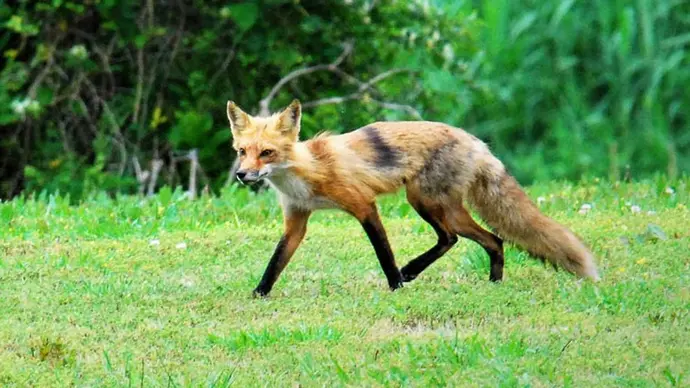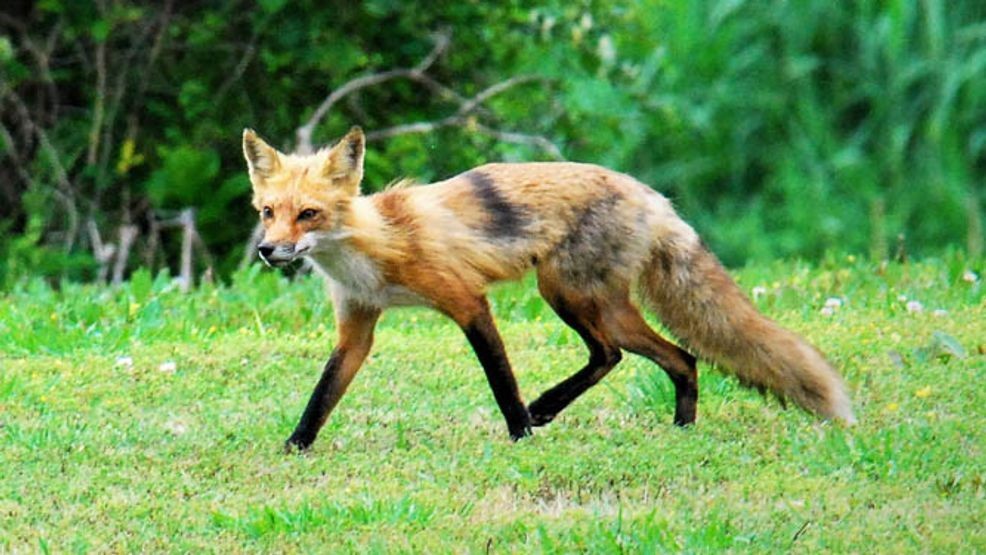T4K3.news
Rabid fox exposure in Atmore
A rabid fox bit a resident in Atmore; a second person was exposed. Public health officials are investigating and both individuals are receiving medical care.

Editorial analysis of a rabies incident in Atmore, examining the public health response and community implications.
Rabid Fox Attack in Atmore Tests Public Health Readiness
An Escambia County resident was bitten by a rabid fox on August 7 outside a residence on Highway 31 in Atmore. A second person who was present at the time came into direct contact with the fox. The Escambia County Sheriff’s Department was notified and a rabies investigation began. The fox was taken to the Alabama Department of Public Health Bureau of Clinical Laboratories, where it tested positive for rabies. Rabies can be fatal if untreated, and both people are receiving medical attention. The victim is receiving post-exposure prophylaxis, and no additional exposures have been identified at this time.
Public health officials note that rabies is most often found in wild animals, but vaccination of domestic animals has reduced risk over the decades. Alabama law requires dogs, cats and ferrets 12 weeks of age and older to be current with rabies vaccination. Vaccines are also available for horses and other livestock if recommended by a veterinarian. Vaccinating animals reduces the risk of rabies infection should exposure occur, protecting animals as well as their owners and caretakers.
Key Takeaways
"Rabies is a viral disease that can be fatal if untreated."
Factual statement cited in the report
"Attacks by rabid wildlife are uncommon."
Doctor's note on frequency
"Vaccinating animals reduces the risk of rabies infection should exposure occur."
Public health guidance
"Vaccinating pets protects both animals and their owners."
Public health reminder
Public health incidents like this test a community’s practical readiness. The swift testing and treatment steps show the system at work, but they also remind residents that vaccination remains a shared responsibility. When wild animals carry disease near homes, everyday routines—walking dogs, letting pets roam, or even small children playing outside—are affected.
Looking ahead, the episode underscores the need for ongoing wildlife monitoring and clear public guidance. Officials will likely renew outreach on pet vaccines and reinforce safe practices. The episode is a reminder that rabies, though uncommon in attacks, remains a serious threat that warrants steady preparation and public communication.
Highlights
- Rabies is a viral disease that can be fatal if untreated.
- Attacks by rabid wildlife are uncommon.
- Vaccinating animals reduces the risk of rabies infection should exposure occur.
- Vaccinating pets protects both animals and their owners.
Public health risk from wildlife rabies
The incident raises concerns about wildlife proximity to homes, the need for ongoing pet vaccination, and public health messaging. Budgets and resources may be stretched if cases rise.
This event reinforces the value of vigilance, vaccination, and clear public guidance as communities live alongside wildlife.
Enjoyed this? Let your friends know!
Related News

Rabies advisory in Campbell County

Rabid fox attacks woman in Bedford County

New York Declares Public Health Emergency for Rabies

Pediatric death linked to brain-eating amoeba

Rabies warning issued after bat tests positive in Clackamas County

Rabid raccoon reported in Stonington
Rock icon Ozzy Osbourne dies at 76

Bats Discovered in Tulum Cenote
